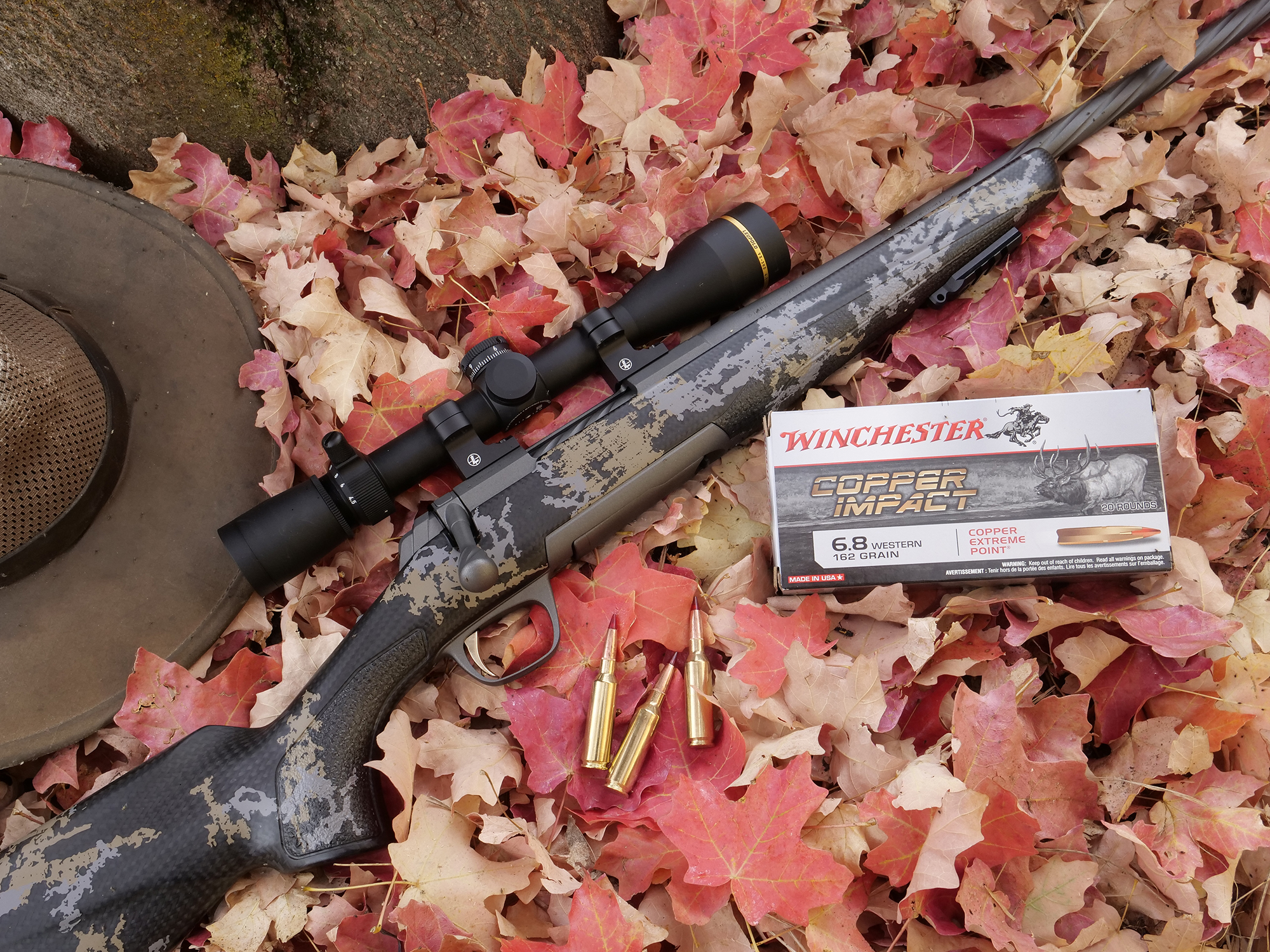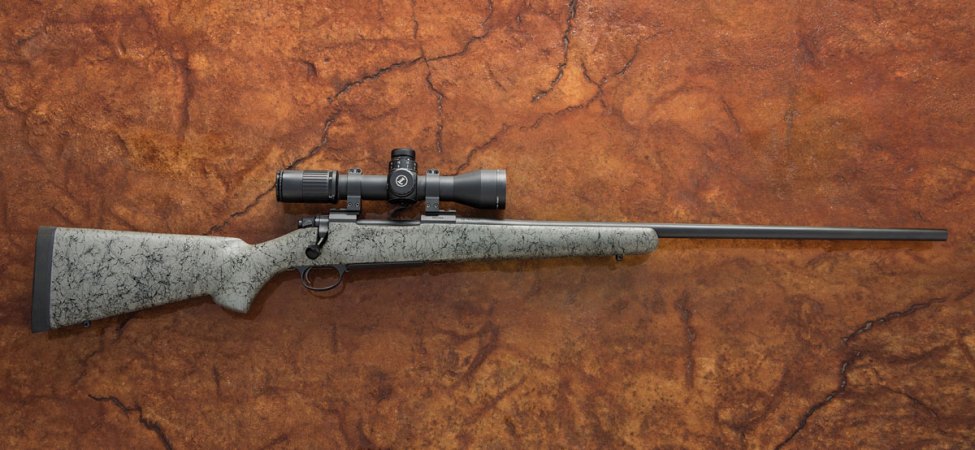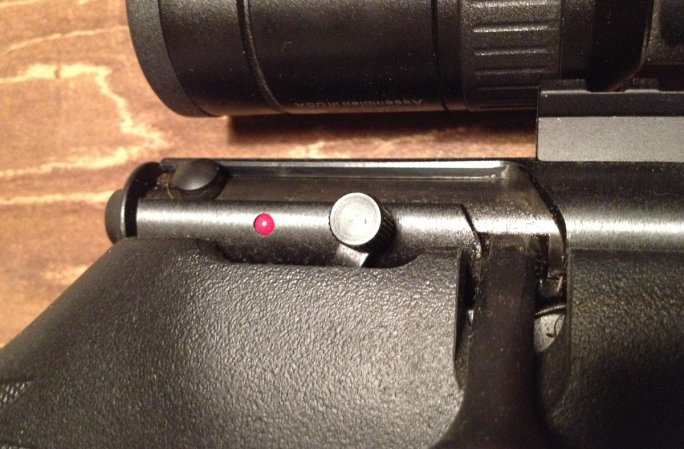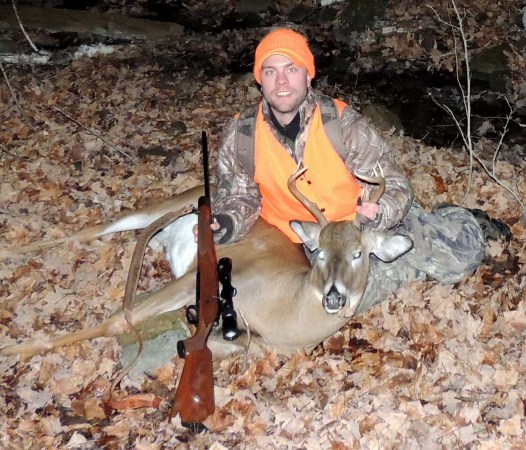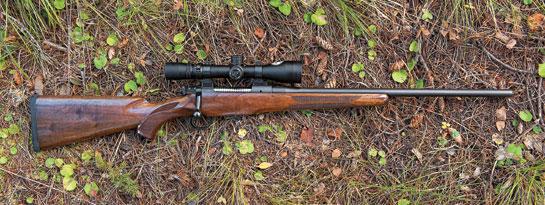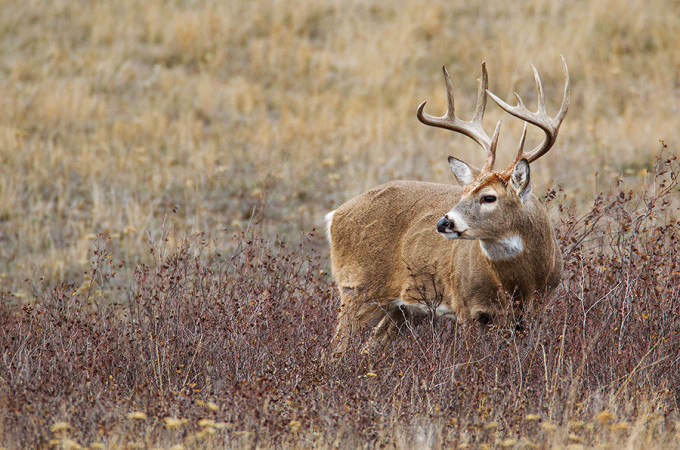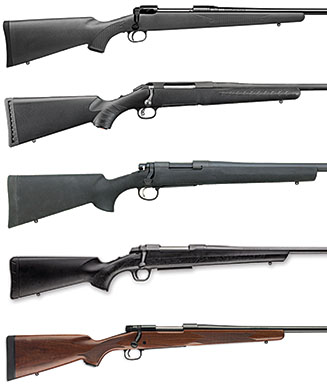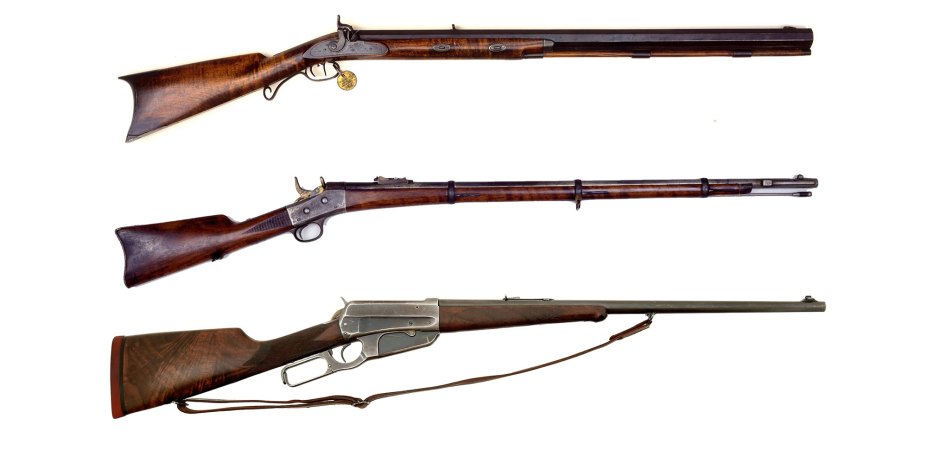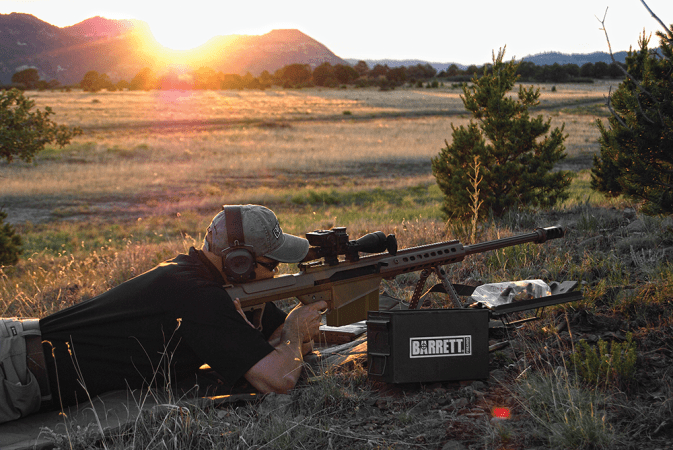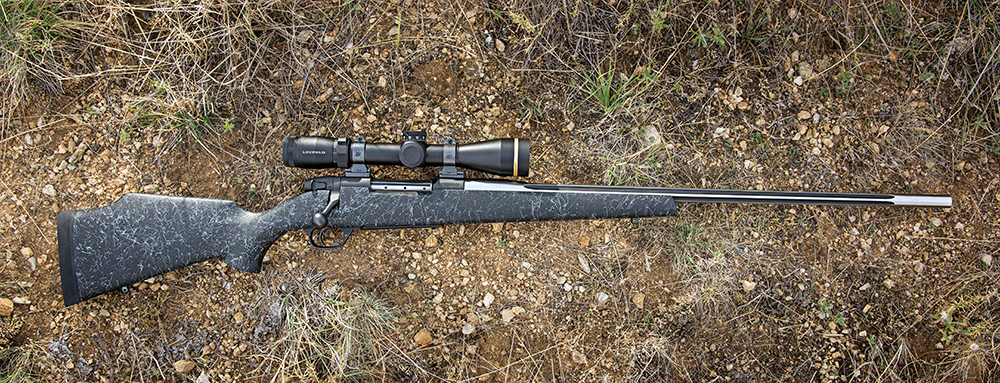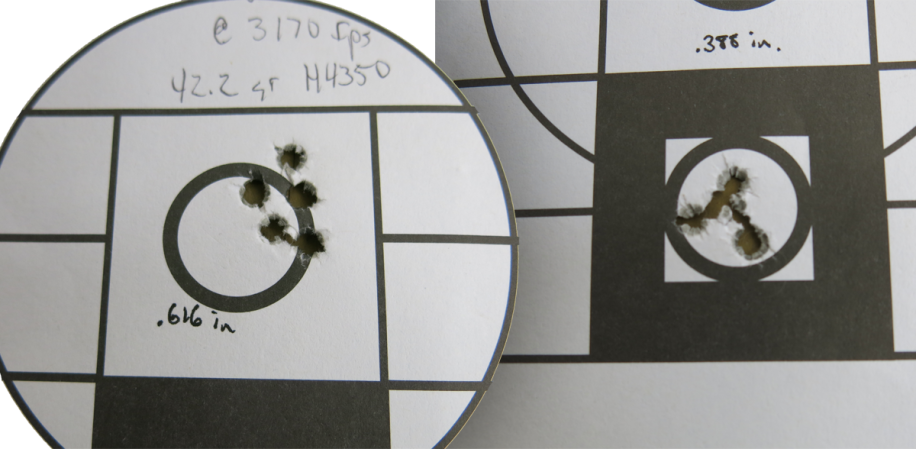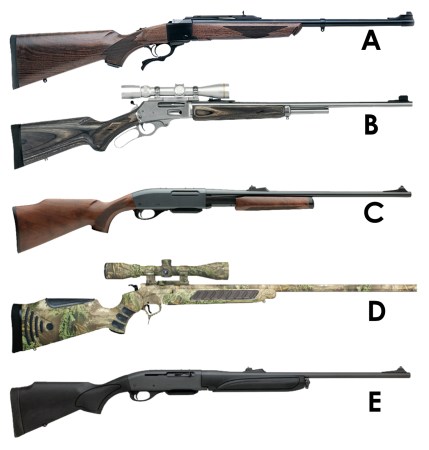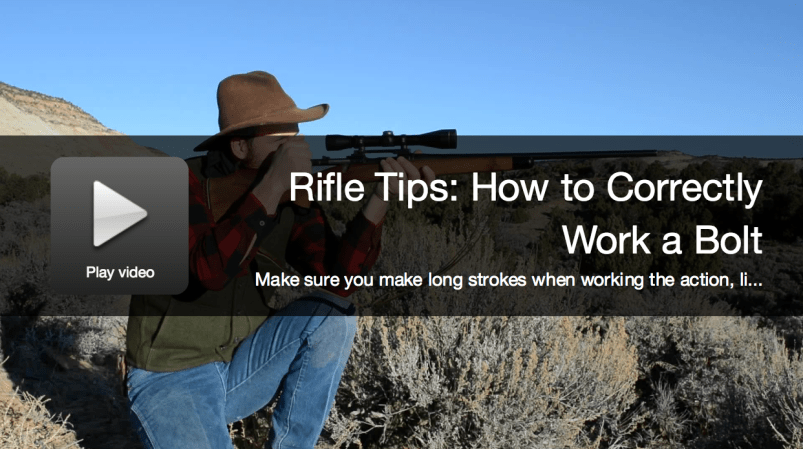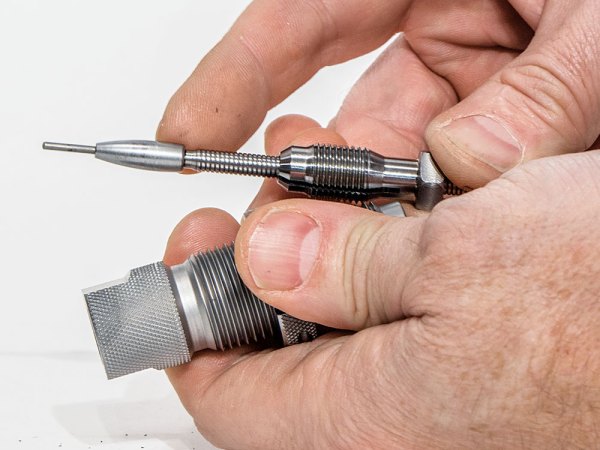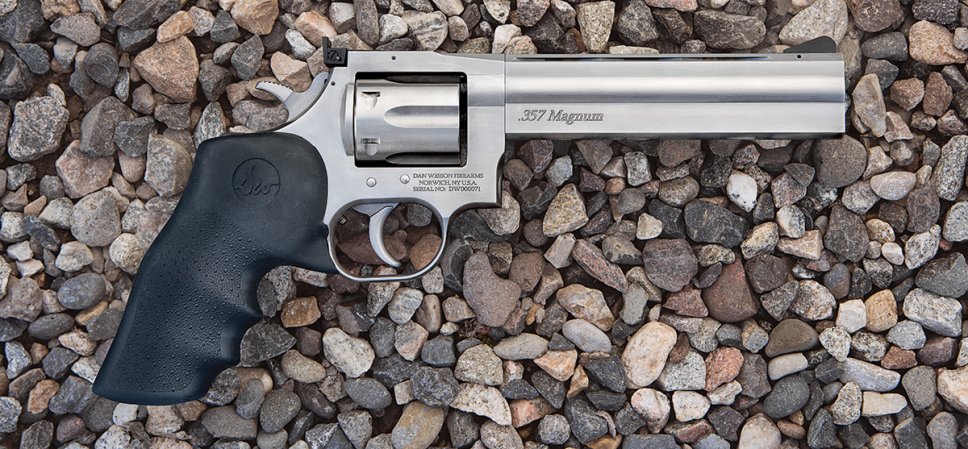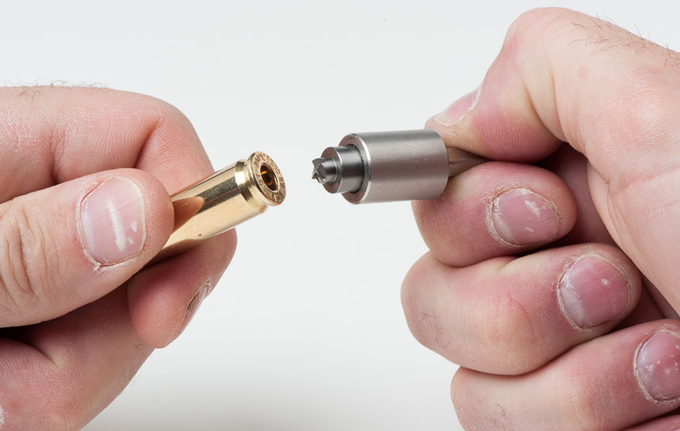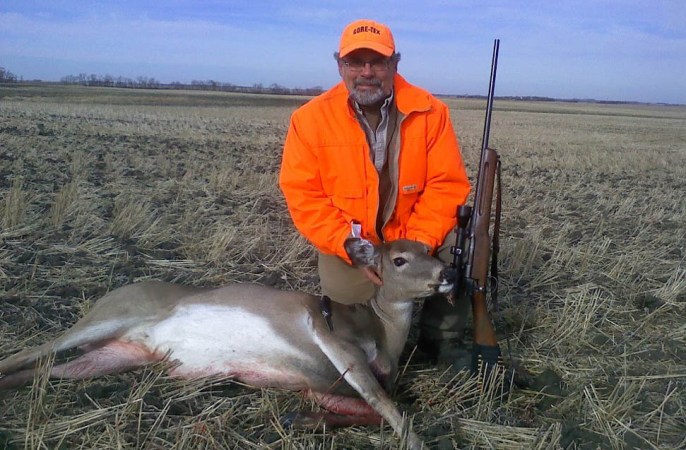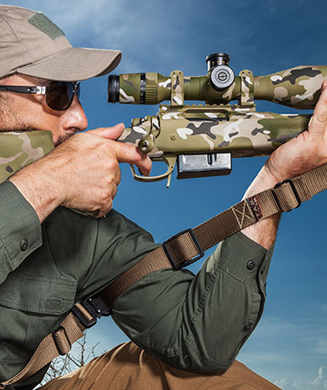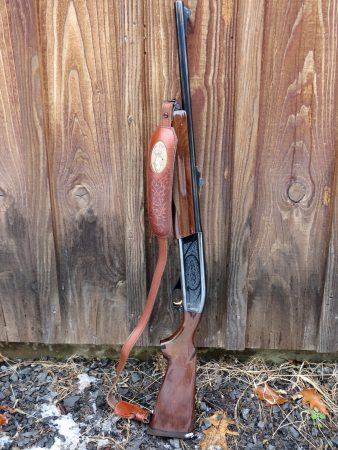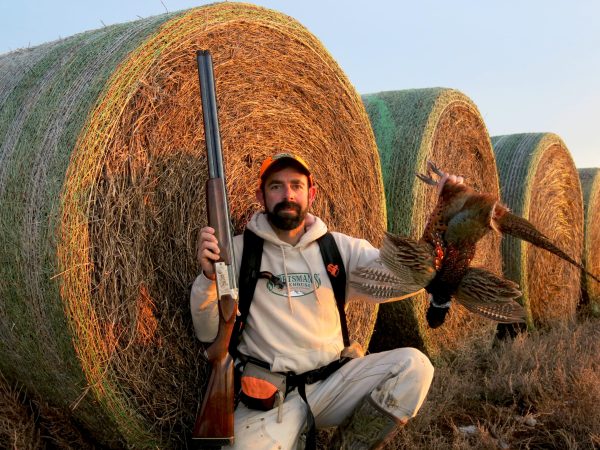We may earn revenue from the products available on this page and participate in affiliate programs. Learn More ›
Choosing the perfect, all-round western big game rifle is like choosing a marriage partner — get it right or prepare for years of frustration, grief, and failure.
So, let’s consider what we need in an effective hunting rifle before falling for flash and the promises of superior performance.
In my previous post, I identified my ideal cartridge for all-round Western big game, the 6.8 Western. That will narrow my choices for the launch platform. We aren’t going to find a lot of ARs or lever actions chambered 6.8 Western, so we’ll be looking at bolt actions, my preferred style in hunting rifles for 52 years. Those 52 years have taught me to balance size, bulk, and weight for field efficiency. Western hunting usually means long hikes, long climbs, and sometimes long shots in vast, often steep country. The 6.8 Western can handle the long shots. The rifle and I just need to match it.
Why Bolt-Action Rifles Rule the West
Bolt actions have dominated hunting rifle sales for 70 years because they are strong, mechanically simple, versatile, safe and easily maintained. Their camming action can overcome slightly dirty or oversized cases, and their bolts can be removed for straight-line cleaning of the chamber and barrel from the rear. Bolt actions can be chambered for virtually any cartridge, yet built trim and light for easy carry and quick handling. Thanks to their vertically stacked magazines, they safely accommodate aerodynamic, sharply pointed, high B.C. bullets. Bolt actions can be fitted with telescopic sights and crisp, user adjustable triggers for supreme precision and control. Their one-piece stocks add strength and stiffness and can be altered, bedded, rebedded or swapped out for different shapes and sizes, converting a light, trail-ready hunting rifle into a heavy, solid target platform. Finally, bolt actions can be opened, closed, loaded and unloaded slowly or quickly with a minimum of movement and virtually no game spooking sound. I routinely carry with an empty chamber, knowing that I can lock a round into battery in a split second.
Choosing a Rifle Weight
Long experience with 4.75- to 6-pound ultralight rifles chambered for cartridges as big as .300 WSM have informed me I can tolerate their recoil. They’ve also proven to shoot MOA or better, so I’m not afraid of light weight. But the 6.8 Western was designed for long-range performance. I don’t want to compromise that with an 18-inch barrel. A 22-inch might be an acceptable compromise, but if I can find a relatively light rifle carrying a 24-inch barrel, I’ll put up with the extra ounce or two in overall weight.
My ultralights have also proven that a good barrel can be quite “skinny” and still shoot MOA or slightly better for three shots. Three are more than enough to conclude an encounter with a big-game critter if I do my part, so I’m not afraid of light barrel contours. Somewhere around 7 pounds is just right.
Choosing a Stock
Walnut stocks, especially highly figured ones, truly speak to me, but in the rough and tumble world of mountain hunting, the aesthetic doesn’t compensate enough for the weight gain. And I don’t want to baby expensive walnut nor worry about water ruining the wood or compromising the accuracy. So synthetic it shall be. And not cheap, flexible, molded plastic, but stiff, handlaid fiberglass, Kevlar, or carbon.
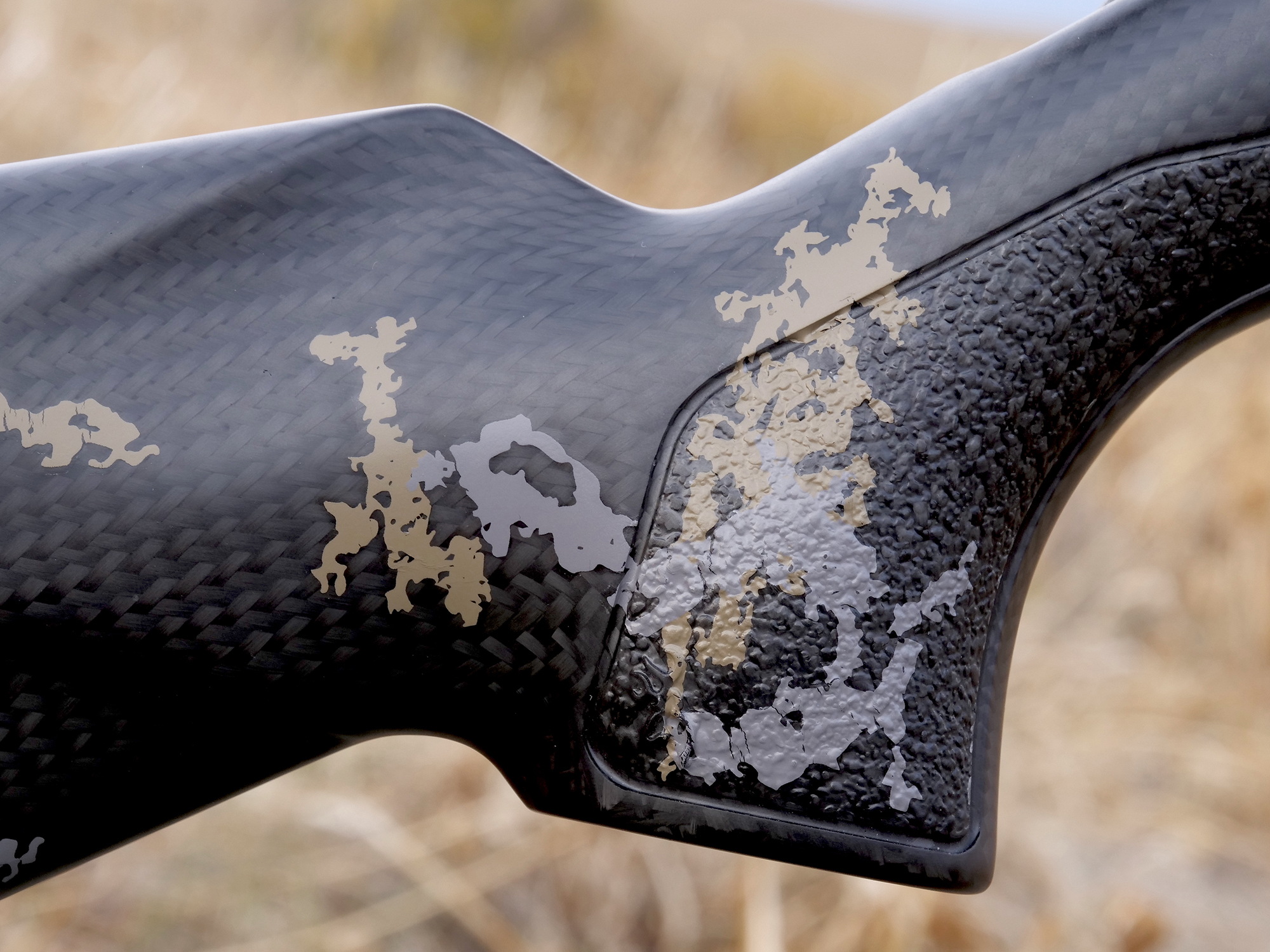
I don’t want the stock to have any superfluous lines or excessive moving parts, either. I’m not worried about 1/16th inch LOP or comb adjustments for winning a 1,000-yard target competition. I want a stock that will not snag limbs and trap debris, will carry easily and comfortably, will leap to my shoulder like a reunited lover, and align my shooting eye right down the center of the scope.
Finally, I want a stainless-steel barreled action that shrugs off rain and snow, something I can carry in an all-day drizzle, lay atop the snow, store in a damp nylon tent, and basically ignore for a week or two.
The X-Bolt Mountain Pro Long Range
Turns out I was looking for a Browning X-Bolt Mountain Pro Long Range rifle all along. I’m not one to gush over a mechanical tool, but close examination informs me this Browning rifle comes from the factory with most if not all of the features I’ve been paying custom rifle prices to get:
1. Stainless steel, barreled action coated with glare-free gray Cerakote
2. Free-floated, lapped, 24-inch, 7.5 twist, sporter-contour barrel with removable brake
3. Stiff, 1-pound, 12-ounce carbon fiber stock with swivel studs and Picatinny rail
4. Bolt lock when on safe with unlock button override
5. Chrome-plated trigger adjustable down to 3 pounds
6. Detachable, 3-round Rotary magazine for in-line feeding
7. Total weight: 6-pounds, 12 ounces
The three-locking lug, 60-degree bolt lift of the X-Bolt makes it quick. The short-action length of the 6.8 Western makes it even quicker. The unusually slim, trim lines of the stock make it a delight to carry and handle. But will it shoot accurately?
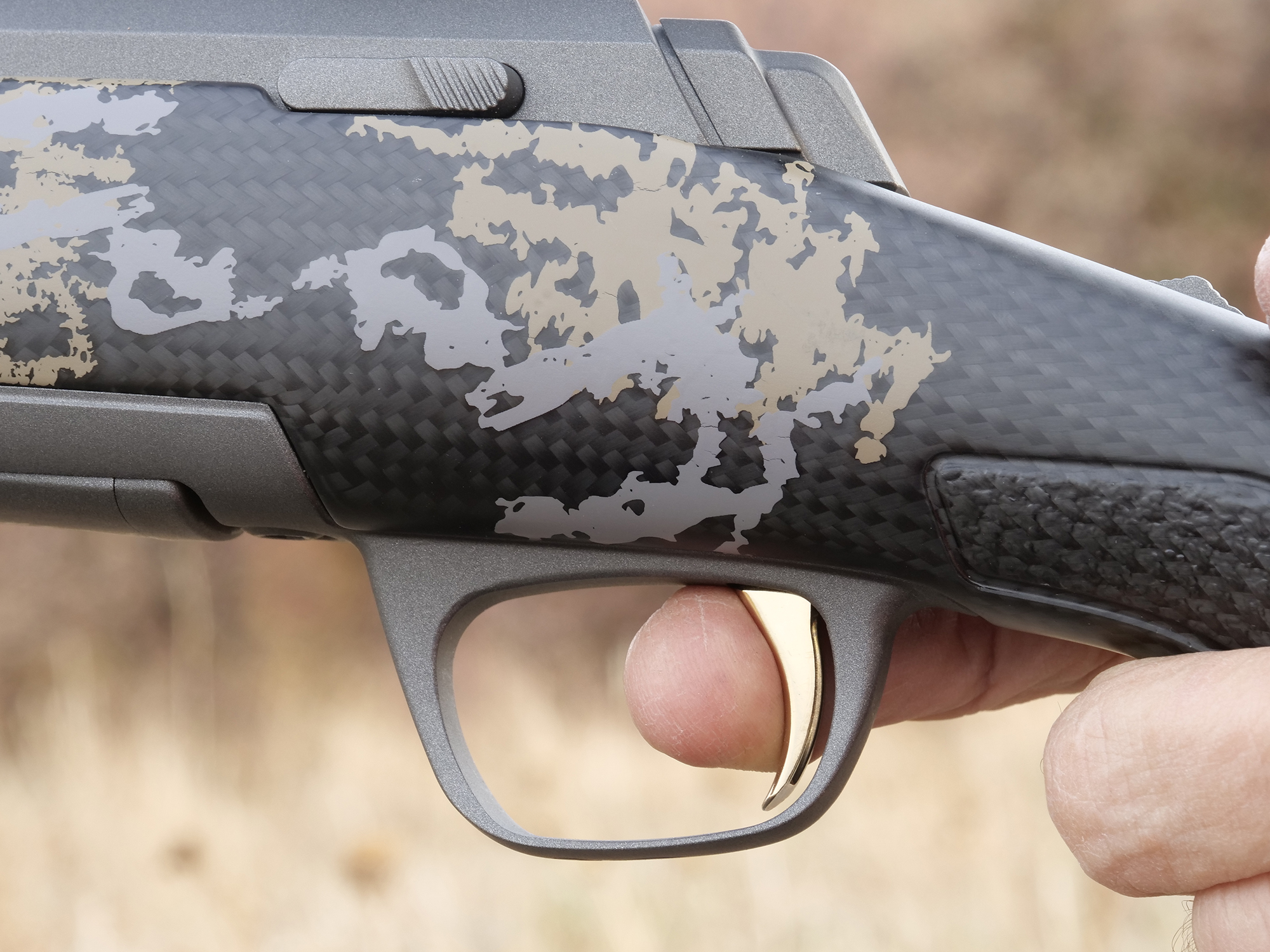
X-Bolt Mountain Pro Accuracy
Today’s ammo shortage limited me to three boxes of Winchester 162-grain Copper Impact. I bore sighted at 100 yards and put the first shot from this rifle two inches from point of aim. With the brake on, felt recoil was about like shooting a .243 Winchester. I then dialed the correction and fired a 3-shot group that stretched 1.12-inches left to right, less than 1/4-inch up and down. Essentially an MOA group with the first factory load tried. While MOA accuracy doesn’t impress today’s precision shooting fraternity, pragmatic hunters realize an MOA rifle will cluster its shots inside a 3-inch circle at 300 yards, a 5-inch circle at 500 yards, an 8.4-inch circle way out there at 800 yards. That’s easily vital zone on a pronghorn, and even a little Coues whitetail.
I’m betting a few more break-in shots followed by a barrel cleaning will have this X-Bolt beating MOA with this Copper Impact load. Then I’ll try some Winchester 165-grain Accubond Long Range loads, maybe their 170-grain AccuBonds, and certainly Browning’s 175-grain Sierra Tipped Game Kings. The 6.8 Western, despite its short stature, delivers 7mm magnum bullet weights and momentum.
That’s more than enough options for all the western big-game I intended to hunt this fall and every fall going forward.
